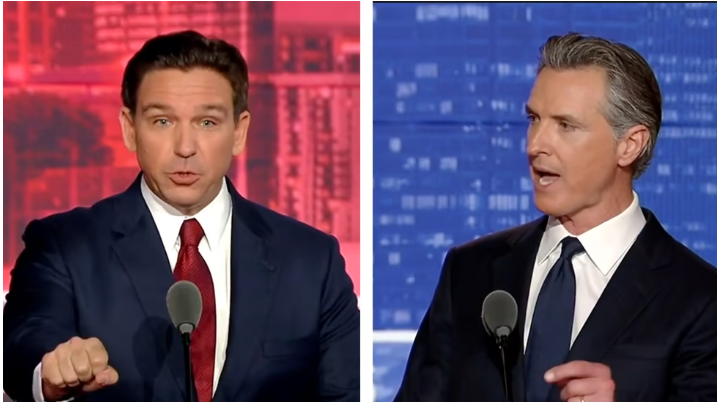Review: WandaVision

In 2019, Marvel Studios achieved cultural dominance with the release of Avengers: Endgame, a film that defined the pop culture zeitgeist for the rest of the year. The conclusive end to a saga that was perhaps the most relevant development for movies in the 2010s. However, the film’s conclusion opened up many questions for the Marvel Cinematic Universe, with one overarching theme: where does Marvel go from here?
2020 was set to be a year in which Marvel explored new forms of storytelling. With 2 limited series and a prequel set for release, Marvel was looking to expand its capabilities of storytelling.
As did everything else, the COVID-19 pandemic threw Marvel’s plan off and Marvel’s watertight release schedule was thrown for a loop.
Marvel is usually incredibly effective at maintaining cultural relevance, in large part because of its steady release schedule. It is very easy to dominate the discourse when three movies are released a year with all of them making billions of dollars. However, with movie theaters closed and shows unable to complete production, Marvel was forced into an unplanned break, with the general public going a year without a new Marvel product.
This puts new importance on WandaVision’s release, on top of it being the first Marvel show released on Disney+ and the introduction of Marvel’s new direction after the Avenger’s saga.
At first, WandaVision takes creative risks that weren’t taken in previous mainline Marvel projects. WandaVision’s early episodes deeply root themselves in the tropes of popular television of decades past. The series’ earliest episodes shine as some of Marvel’s greatest creative moments, with extreme adherence to styles of 20th-century television.
Choices such as aspect ratio, color, and humor, combine for a unique tone. These early episodes serve as the series’ strongest. By paying close attention to these details, Marvel showed that they are willing to diversify their presentation of stories. WandaVision, as the first part of Marvel’s Phase Four, this willingness to explore new creative avenues shows immense promise for the biggest media franchise in the world.
Unfortunately, this new willingness to be subversive fades with each continuing episode. As the story goes on, viewers are introduced to the story of the characters outside of the title characters’ reality. There is a pointed stylistic difference between the stories of the title characters and the outside characters, most likely to distinguish the differences in the reality of each situation.
However, the style of the outside characters is reminiscent of the painfully bland, cookie-cutter style from the most generic of Marvel’s films. Sadly this style only becomes more and more prevalent. By the end of the series, it simply becomes a Marvel film 40 minutes at a time.
WandaVision is a miniseries that starts incredibly strong but simply does not go up in quality as it goes along. It never quite reaches a point where it’s bad or unwatchableㅡall the episodes are at least watchable. If you are itching for a helping of the MCU, especially one in a unique style you aren’t used to seeing, watching WandaVision is certainly a good choice, just do expect for it to dip in quality as it goes along.
Jason is a former staff writer for The Talon. He writes for the Entertainment section. He is an aspiring filmmaker and writer.
Nicole was the former Editor-in-Chief of The Talon. In her free time, she takes care of her two pet turtles. If you have any book recommendations, let her know.







